The compound which will have the lowest rate towards nucleophilc aromatic substitution on treatment with OH– is :
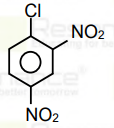
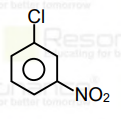

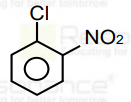
The correct Answer is:B
To determine which compound will have the lowest rate towards nucleophilic aromatic substitution when treated with OH⁻, we need to analyze the effects of substituents on the aromatic ring.
1. Understanding Nucleophilic Aromatic Substitution:
- Nucleophilic aromatic substitution occurs when a nucleophile attacks an aromatic compound, typically at a carbon atom bonded to a leaving group (like Cl). The presence of electron-withdrawing groups (EWGs) can enhance this reaction, while electron-donating groups (EDGs) can hinder it.
2. Identifying the Compounds:
- We have several options with different substituents on the aromatic ring. The key substituents to consider are:
- Electron-withdrawing groups (e.g., NO₂, CN) which stabilize the negative charge during the reaction.
- Electron-donating groups (e.g., -OCH₃, -CH₃) which destabilize the negative charge.
3. Analyzing the Position of Substituents:
- The position of the substituents relative to the leaving group is crucial:
- Ortho and Para Positions: If an EWG is present at the ortho or para position, it can stabilize the intermediate formed during nucleophilic attack, facilitating the reaction.
- Meta Position: If an EWG is at the meta position, it does not stabilize the intermediate effectively, making the reaction slower.
4. Evaluating the Options:
- If one of the options has a strong EWG like NO₂ at the meta position, it will significantly lower the rate of nucleophilic substitution because it does not stabilize the intermediate formed during the attack.
- Compare the options to identify which one has a strong EWG at the meta position.
5. Conclusion:
- The compound with the NO₂ group at the meta position will have the lowest rate of nucleophilic aromatic substitution when treated with OH⁻. This is because the electron-withdrawing effect of the NO₂ group at the meta position does not aid in stabilizing the negative charge that forms during the reaction.
Final Answer:
The compound which will have the lowest rate towards nucleophilic aromatic substitution on treatment with OH⁻ is the one with the NO₂ group at the meta position (Option 2).
- Nucleophilic aromatic substitution occurs when a nucleophile attacks an aromatic compound, typically at a carbon atom bonded to a leaving group (like Cl). The presence of electron-withdrawing groups (EWGs) can enhance this reaction, while electron-donating groups (EDGs) can hinder it.
- We have several options with different substituents on the aromatic ring. The key substituents to consider are:
- Electron-withdrawing groups (e.g., NO₂, CN) which stabilize the negative charge during the reaction.
- Electron-donating groups (e.g., -OCH₃, -CH₃) which destabilize the negative charge.
- The position of the substituents relative to the leaving group is crucial:
- Ortho and Para Positions: If an EWG is present at the ortho or para position, it can stabilize the intermediate formed during nucleophilic attack, facilitating the reaction.
- Meta Position: If an EWG is at the meta position, it does not stabilize the intermediate effectively, making the reaction slower.
- If one of the options has a strong EWG like NO₂ at the meta position, it will significantly lower the rate of nucleophilic substitution because it does not stabilize the intermediate formed during the attack.
- Compare the options to identify which one has a strong EWG at the meta position.
- The compound with the NO₂ group at the meta position will have the lowest rate of nucleophilic aromatic substitution when treated with OH⁻. This is because the electron-withdrawing effect of the NO₂ group at the meta position does not aid in stabilizing the negative charge that forms during the reaction.
The compound which will have the lowest rate towards nucleophilic aromatic substitution on treatment with OH⁻ is the one with the NO₂ group at the meta position (Option 2).
Topper's Solved these Questions
Similar Questions
Knowledge Check
Which of most reactive towards nucleophilic aromatic substitution.
A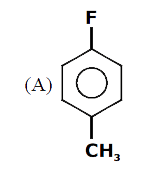 B
B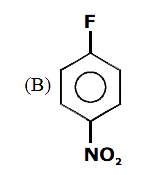 C
C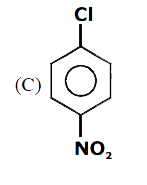 D
D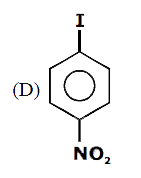
Which represents nucleophilic aromatic substitution reaction ?
AReaction of benzene with Cl2 in sunlightBBenzyl bromide hydrolysisCReaction of NaOH with dinitrofluorobenzeneDSulphonation of benzeneWhich represents nucleophilic aromatic substitution reaction ?
AReaction of benzene with Cl2 in sunlightBBenzyl bromide hydrolysis with waterCReaction of NaOH with dinitrofluoro benzeneDSulphonation of benzene
Which pairs are not required for a nucleophilic aromatic substitution reaction ?
View SolutionWhich of the following is the most reactive towards eklectrophilic aromatic substitution?
View SolutionThe most reactive compound towards electrophilic substitution reaction is
View SolutionWhich of the following reaction belong to electrophilic aromatic substitution
View SolutionWhich of the following will not undergo nucleophilic aromatic substitution ?
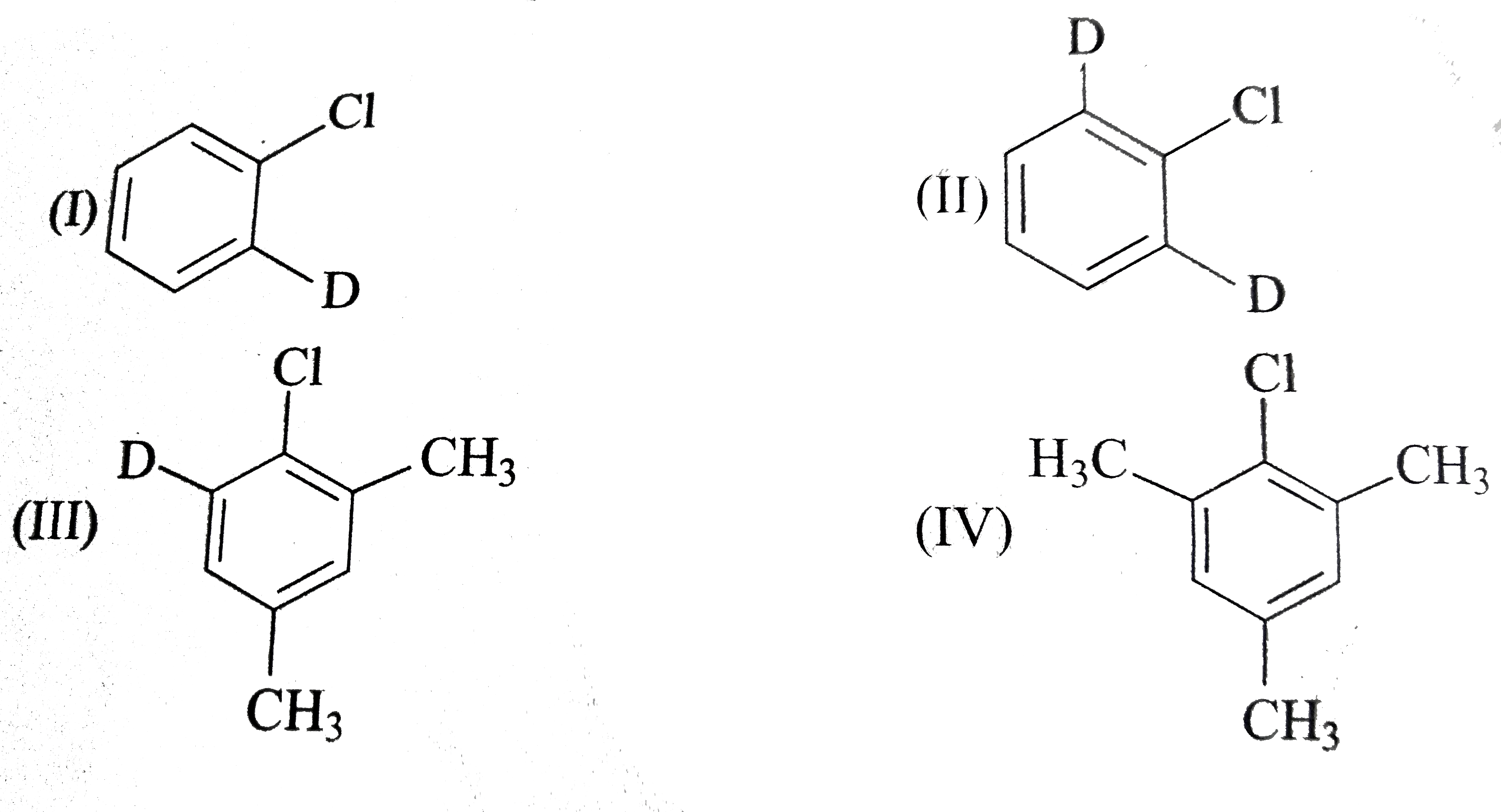
View Solution

